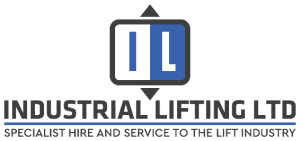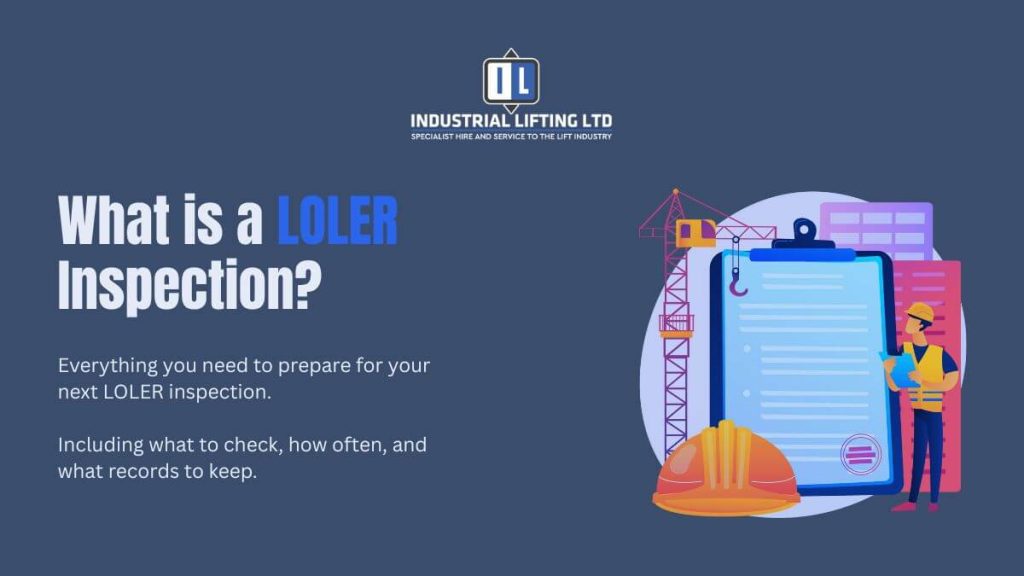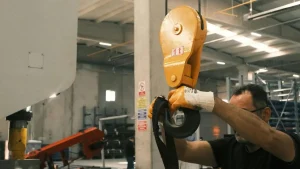What Does a LOLER Inspection Involve?
In the demanding worlds of construction, demolition, and the lifting industry, safety isn’t just a buzzword, it’s paramount. The Lifting Operations and Lifting Equipment Regulations 1998, universally known as LOLER, are the cornerstone of ensuring that all lifting equipment and operations are safe and compliant within the UK.
At its core, a LOLER inspection is a thorough examination of your lifting equipment by a competent person. Its purpose is to identify any defects or weaknesses that could compromise safety, prevent accidents, and ensure legal compliance. These regulations apply to a vast array of equipment, from cranes and forklifts to passenger lifts and lifting accessories like slings and chains. Ignoring LOLER isn’t just risky; it’s a legal liability that can lead to severe consequences, including fines, legal action, and, most importantly, serious injuries or fatalities.
For detailed information, you can always refer to the original HSE source.
LOLER Inspection Checklist PDF
- Key checks for various types of lifting equipment.
- Essential record-keeping requirements.
- Categorisation of equipment to help you understand specific needs.
How Often is a LOLER Inspection Needed?
The frequency of LOLER inspections is a critical aspect of compliance, and it varies depending on the type of equipment and its usage. While there are general guidelines, a competent person ultimately determines the precise schedule based on a thorough assessment.
- Every 6 Months:
- Lifting equipment used to lift people: This includes passenger lifts, patient hoists, scissor lifts, and mobile elevating work platforms (MEWPs)
- All lifting accessories: Items such as slings, shackles, chains, and eyebolts fall into this category, regardless of what they lift.
- Forklifts used for lifting people or with detachable attachments: Even if occasionally used for personnel lifting, the inspection frequency increases.
- Vehicle lifts: Often inspected every 6 months due to specific HSE guidance.
- All lifting accessories: Items such as slings, shackles, chains, and eyebolts fall into this category, regardless of what they lift.
- Lifting equipment used to lift people: This includes passenger lifts, patient hoists, scissor lifts, and mobile elevating work platforms (MEWPs)
- Every 12 Months:
- All other lifting equipment: This covers equipment not used for lifting people, such as most cranes, forklifts (not used for lifting people), goods lifts, and hoists.
It’s important to note that these are minimum requirements. Factors like the equipment’s age, condition, intensity of use, and the environment it operates in can necessitate more frequent inspections.
For instance, a forklift operating more than 80 hours per week or in high-risk environments might require checks every 4 months. Inspections are also required after exceptional circumstances, such as accidents, significant modifications, or long periods of disuse.
Who is a LOLER Competent Person?
A “competent person” under LOLER is not just anyone with mechanical knowledge. They are individuals with the necessary theoretical and practical knowledge, experience, and independence to carry out thorough examinations objectively. Their qualifications and responsibilities include:
- Expertise: A deep understanding of lifting equipment, its operation, and the LOLER regulations.
- Impartiality: The ability to make objective judgments without being influenced by the employer or equipment owner.
- Reporting: The responsibility to provide a detailed written report of their findings, including any defects and recommended actions.
Using a truly competent person, such as a LEEA (Lifting Equipment Engineers Association) certified engineer, is crucial. It ensures the inspection is thorough, accurate, and legally sound, protecting your business from the significant risks associated with non-compliance.
LOLER Inspection Cost UK
- Type of Equipment: Larger, more complex machinery like cranes will generally cost more to inspect than smaller items like lifting accessories.
- Number of Items: Inspecting multiple pieces of equipment at one site can sometimes lead to cost efficiencies.
- Site Location and Access: Remote or difficult-to-access sites might incur additional travel costs.
- Equipment Condition: Equipment in poor condition or with numerous defects may require more time and detailed assessment, potentially increasing the cost.
How to Pass a LOLER Inspection
- Implement Robust Maintenance: Regular preventative maintenance is key. This includes routine servicing, lubrication, and addressing minor wear and tear before it escalates into a major defect.
- Maintain Detailed Records: Keep comprehensive records of all maintenance, repairs, previous inspection reports, and any modifications. This documentation is vital for demonstrating compliance and helps the competent person understand the equipment’s history.
- Conduct Pre-Use Checks: Encourage operators to perform daily visual checks before using any lifting equipment. This can catch obvious issues like damaged slings, frayed ropes, or leaking hydraulics early on.
- Ensure Operator Competence: Proper training for all equipment operators is non-negotiable. Well-trained operators are more likely to identify potential issues and use equipment safely.
- Foster a Safety Culture: Embed safety into your company’s DNA. When everyone from management to operators prioritises safety, it naturally leads to better equipment care and compliance.
Book Your LOLER Test Near You
Ensuring your lifting equipment is compliant and safe is a critical responsibility. At Industrial Lifting, we pride ourselves on providing quick turnaround times, even for last-minute inspections, backed by exceptional customer service and a team of highly qualified LEEA Engineers.
- Contact us today to book your LOLER inspection.
- Call us directly at 01782 595945
- Find out more by visiting our LOLER services page
LOLER FAQs
What happens if you fail a LOLER inspection?
LOLER vs PUWER: What’s the difference?
- LOLER specifically focuses on the safety of lifting equipment and lifting operations. It mandates thorough examinations for equipment used to lift or lower loads, including people.
- PUWER is broader, covering the safety of all work equipment (including lifting equipment) and its use. It ensures that equipment is suitable for its intended use, maintained, and that users are properly trained. So, while a forklift is subject to LOLER for its lifting functions, its brakes, steering, and general maintenance fall under PUWER.
What records must you keep?
- The date of the examination.
- The date when the next examination is due.
- Any defects found and the date they were rectified.
- The name and signature of the competent person.
- Details of any repairs or modifications.
Get a LOLER Report Example
- Equipment details: Identification number, type, manufacturer, and safe working load (SWL).
- Examination details: Date, location, and type of examination.
- Findings: A clear description of any defects, their severity, and recommendations for remedial action.
- Competent person’s details: Name, signature, and qualifications.
- Next inspection date: When the next thorough examination is due.



